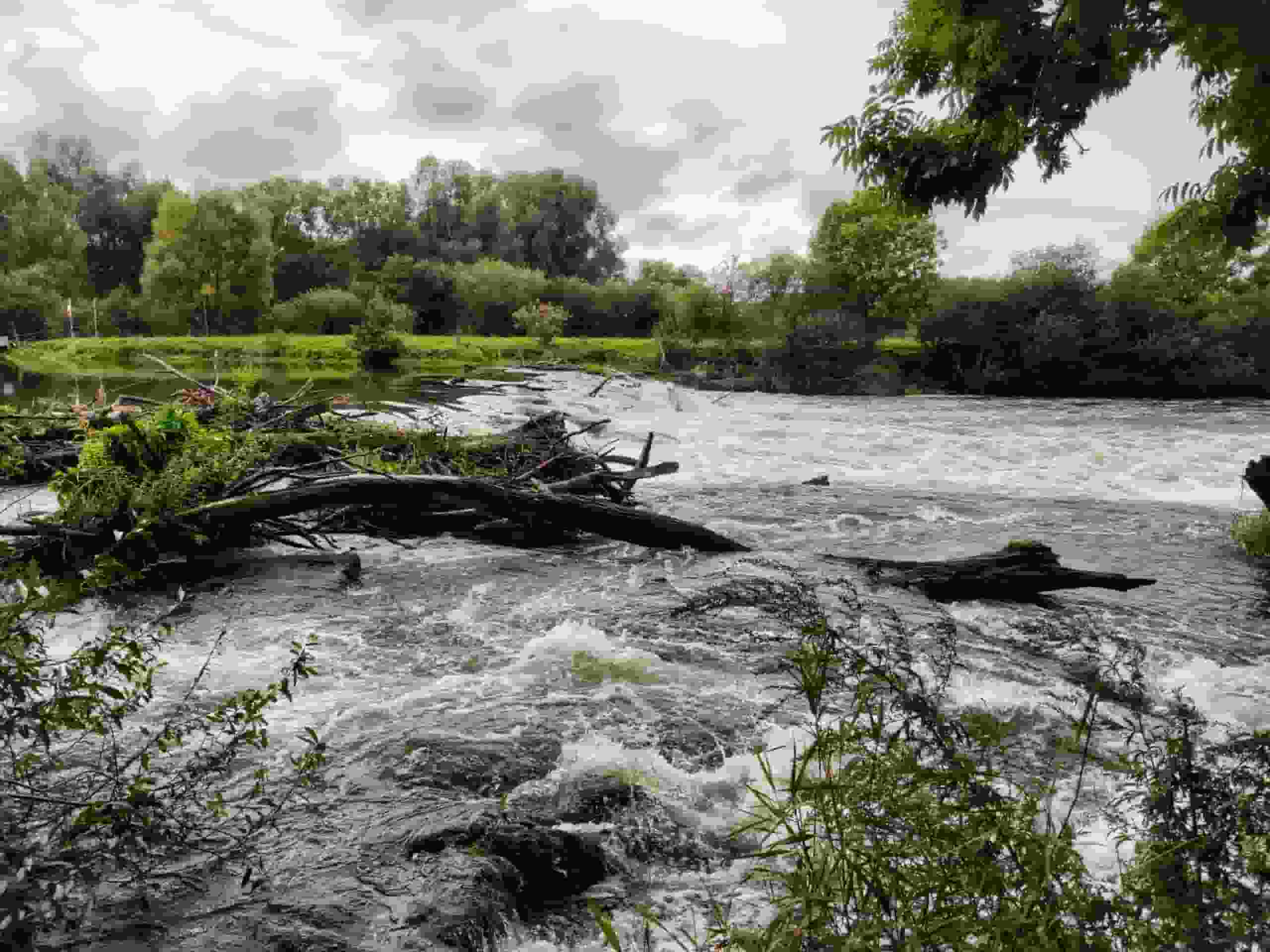
In recent weeks, California has been pounded by a number of storms, and NASA has released satellite photographs depicting flood water pouring toward the coast.
Since December 26, more than 32 trillion gallons of precipitation have fallen, and numerous sections of the state have exceeded their annual precipitation total since October.
California Flood
However, despite the fact that the last few years have been some of the driest in recorded history, a great deal of water is flowing into the ocean.
The period between December 26 and January 16 was the wettest 22-day stretch in the San Francisco area since 1862, according to the National Weather Service.
Almost the whole state experienced rainfall totals that were more than 350 percent above average during the first half of January 2023, according to the observatory.
Recent precipitation and snowfall led to an accumulation of snow in the Sierras and an increase in the water levels of numerous reservoirs. When the earth becomes saturated, water cannot permeate below the surface and therefore rushes off into neighboring waterways, sometimes carrying soil with it.
The deluge began in northern and central California on December 31. The National Weather Service (NWS) in the Bay Area reported that 5.46 inches of rain fell in a single day in San Francisco on December 31, making it the second-wettest day since records began in 1849. The wettest 24-hour period on record occurred in November 1994, when 5.54 inches of precipitation fell.
Read more: Researchers create a robot that can smell, may help preserve human life
National Weather Service Shows 2 Images

The agency published two photographs, one from January 23, 2022, and the other from January 17, this year. The image from 2023 depicts “sediment swirls” off the coast of California, whereas the image from the previous year depicts more usual conditions, according to the government.
From Oxnard to Eureka, green sediment whirls can be seen erupting into the Pacific Ocean in the 2023 image, according to the observatory.
Tea-colored sediment can be seen swirling in the San Pablo Bay, which had been “fed by the soil-laden waters of the Sacramento and San Joaquin rivers” in an image from 17 January 2023 depicting the Bay Area.
The rivers are the two longest in the state, and they drain vast portions of the Central Valley, where crops are grown.
Some of the water and precipitation stayed on the ground, particularly the mountain snow, and the varying levels of snow between the photographs from 2022 and 2023 are evident.
Several highways have been flooded and rural areas have been evacuated in Sacramento as a result of the storm. Tragically, one person drowned after becoming caught in a waterlogged vehicle on Dillard Road near Highway 99.
This level of flooding is caused by a number of factors, including the fact that this particular rainstorm occurred so suddenly. According to the NWS, excessive precipitation can cause rivers to overflow, while high winds along the coast can force water onto land as a storm surge.
In addition, once the ground becomes saturated with rainwater, it is unable to absorb any additional precipitation, resulting in a flash flood. This is especially a concern in highly populated places, where buildings and roads further inhibit water absorption.
Snow surveys revealed that on January 18, the mountain snowpack in California was 248 percent of average and 124 percent of average for the typical snow season high on April 1.
Read more: Researchers use laser beam for the first time to direct lightning strikes

